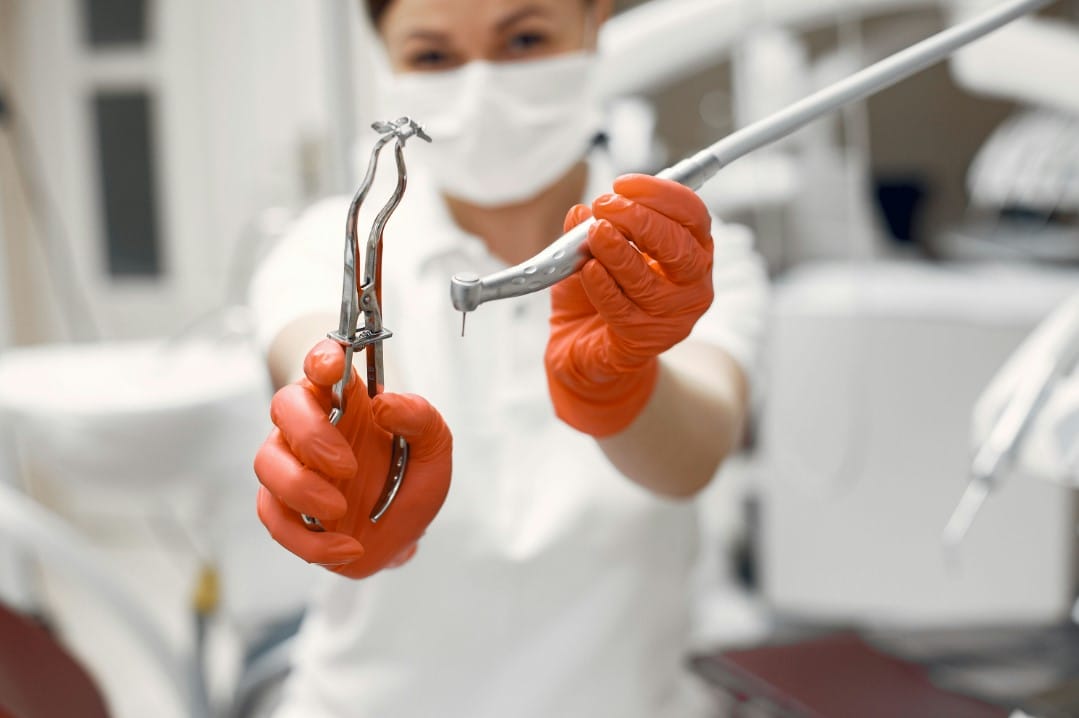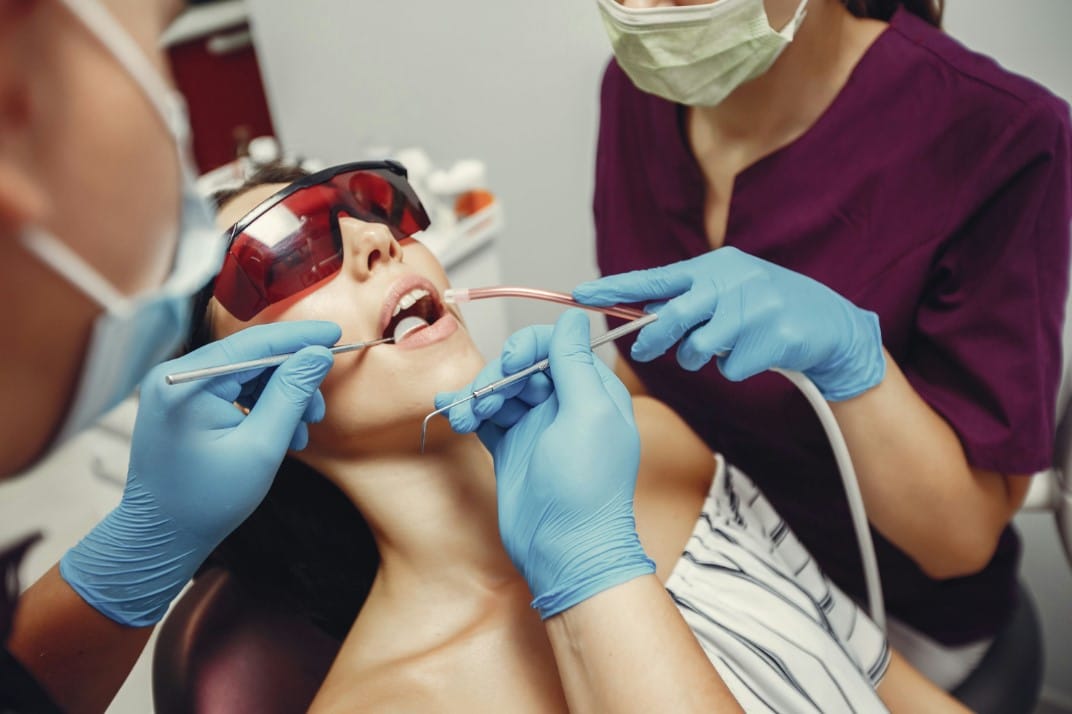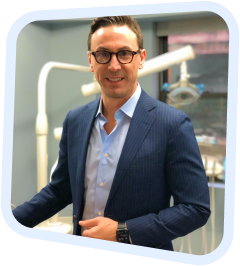If you have periodontitis (gum disease), it’s important to understand the various treatment options available to you. If surgery is required, then your dentist might suggest LANAP® gum surgery. Do you know the difference between LANAP® (Laser-Assisted New Attachment Procedure) and traditional osseous surgery?
Periodontal disease is more advanced than gingivitis, which is the gum disease you might be more familiar with. It’s typically treated with osseous surgery, removing the diseased tissue from the gums. Fast-forward to today: we can now avoid cutting and sutures using the LANAP® protocol with the Millennial laser, making it less invasive and more targeted while reducing the recovery period.
The chart below concisely compares LANAP® vs. osseous surgery. Take a look to see which is right for you.
LANAP® vs. Traditional Surgery: A Closer Look
| Feature | LANAP® (Laser-Assisted New Attachment Procedure) | Traditional Osseous Surgery |
| Technology | Laser (PerioLase MVP-7) | Scalpel, sutures, manual instruments |
| Tissue Removal | Selective removal of diseased tissue only | Removal of both diseased AND healthy tissue |
| Bone Reshaping | Minimal reshaping | Bone reshaping required |
| Pain Levels | Typically much less discomfort during and after the procedure | Generally more pain and bleeding during and after the procedure |
| Recovery Time | Shorter (1-2 days of discomfort, full recovery in 1-2 weeks) | Longer (1-2 weeks of discomfort, full recovery in 3-4 weeks) |
| Gum Recession | Minimal recession of gums | Significant gum recession |
| Infection Control | Laser disinfects & reduces bacteria | Emphasis on post-op care |
| Healing Process | Less invasive/quicker healing | More invasive/slower healing |
| Anesthesia | Local anesthesia | Local anesthesia |
| Treatment Duration | Generally shorter procedure | Longer procedure time |
| Long-Term Outcomes | Regeneration of periodontal tissue; low risk of recurrence | Stabilizes the condition temporarily but no bone regeneration; high risk of re-treatment |
| Patient Comfort | More comfortable, less invasive | More invasive, less comfortable |
| Bone Growth | Encourages regeneration of bone | No bone growth |
Frequently Asked Questions
- What is the LANAP® success rate? In clinical trials, this procedure has shown a success rate of over 87%, with much better bone regeneration and recovery times.
- How many LANAP® treatments will I need? Most dentists divide the procedure over two sessions, targeting half of the patient’s mouth each time.
- Do I have to be admitted to the hospital to have LANAP®? No – it is usually done under local anaesthesia in the dentist’s chair, so you’ll even be able to drive yourself home after the procedure.
- LANAP® vs. traditional surgery – what’s the cost difference? Currently, the two treatments generally cost around the same amount per quadrant.








